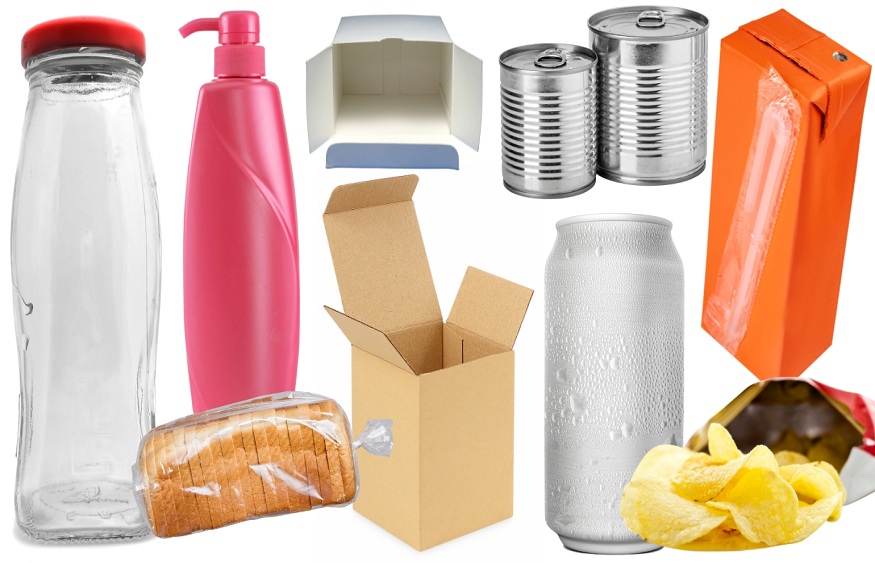You could be looking for food packaging items for a variety of reasons. Be it for your restaurant or catering business or just to store home-cooked meals, choosing the best container is an essential decision. Using good quality food containers is necessary to preserve the life of the food and to transport or store it efficiently. Food containers are an important consideration throughout the process of packaging and consumption.
Selecting the relevant food containers comes with considering many factors.
Here are a few valuable tips to guide you through the food packaging selection process:
- Choose the right material: You have to pick the right material for the food items you plan to store. There are a bunch of different materials to choose from as each of these serves different purposes so it’s essential to pick one that suits the needs of the food to be stored. Here are some materials for food storage containers and their purposes:
- Plastics: Plastic containers and packaging are light and versatile, effectively safeguarding against food contamination while providing sufficient mechanical durability. Plastics have replaced traditional packaging materials. In addition, they can preserve and protect the food for longer, minimizing the use of preservatives. Despite the benefits of plastic containers, one must consider the negative environmental impact they have.
- Glass: It serves as an excellent and neutral barrier for oxygen when it comes into contact with food. However, it is fragile and heavy, requiring a considerable amount of energy for its production. Glass is recyclable and can be reused as a container multiple times. Glass containers can take various forms such as bottles, jars, glasses, ampoules, and more. However, they are not suitable for freezing products due to the potential for breakage.
- Metals: Metals are used for the preservation of canned foods and beverages. The opacity helps with preserving foods sensitive to light.
- Shape and size: Consider the shape and size of the container to ensure that it fits the food items you wish to store. Containers come in different shapes like round, rectangular, square, customizable shapes, and varying sizes like small, medium, or large, so do your research and find out the best possible fits.
- Sealing Ability: Check the sealability of the lids to ensure that there are no spills. The freshness and safety of the food should be preserved. Choose containers that would not open unexpectedly during transportation. It should be easy to seal and open.
- Microwave safe: Check if the containers are microwave safe if that is a requirement.
- Freezer safe: Containers that are freezer safe should be able to withstand low temperatures without breaking or cracking.
- Reusability: The containers chosen should be reusable to cut down on costs and ensure durability. Buying containers frequently would not be a feasible idea especially if large items have to be stored. Ensure proper cleaning and re-storing is being done if containers are being reused.
- Sustainable and eco-friendly: As we edge towards creating a greener environment, it is essential to choose packaging that is eco-friendly and safer for the environment. Use containers made from recyclable materials and high reusability. Consider biodegradable packaging as well.
- Branding and Customization: While promoting your business or service, you may need to include your logo on the containers. Look for customizable packaging to incorporate your brand’s identity into it.
- Durability: The containers must be durable, so they don’t break or crack under pressure during transportation or in extreme temperatures. They should be made of high quality to withstand repeated use and constant cleaning.
- Temperature resistance: Some food items require to be stored in low temperatures while some require higher temperatures. Choose containers to withstand temperatures specific to the food items you wish to store.
- Transportation friendly: Take into consideration how well your container will survive during transportation. They should be able to fare well while being transported over long distances and should be able to preserve the freshness of the food stored in them. They should also keep the contents safe from external contamination.
- Cost Efficiency: Consider the costs of the containers concerning their shelf life. Pick out containers that would last longer and come at fair prices, so you won’t have to keep buying them often.
- Bulk purchase: If you’re buying containers for your restaurant or catering business you may require purchasing food packaging containers wholesale. This hugely reduces costs and is also the better option, environmentally speaking. You could also get discounts on bulk orders from vendors.
- Health compliance: Ensure that the containers you have picked comply with the food safety guidelines so as not to face any health code violations.
- Reviews and recommendations: Get reviews and feedback from people around you or in the industry to get better insights into what kind of containers to choose. You could also get a list of potential vendors and sellers and get samples from them.
- Testing: Before buying in bulk, it is always good practice to trial run them with sample food items of your preference to see if they are good enough. You could test out multiple containers from different vendors to pick the best one.
Conclusion:
Food containers have evolved to be versatile and modern as requirements change, over the years. With the creation of new durable materials, it has made storage and transportation of various food items easier and more convenient. The food industry has evolved with its flexible packaging division with more focus on sustainability and greener choices. It has influenced the way these containers interact with the environment by making them an eco-friendly choice but also ensuring their convenience and ease of use. Picking the right type of food packaging container is essential to preserve the quality and freshness of the food stored or transported. These containers should be able to withstand any kind of external factor and be durable. We still have a long way to go in terms of the sustainable aspect of these containers and we hope to take the industry a step forward in this regard.

